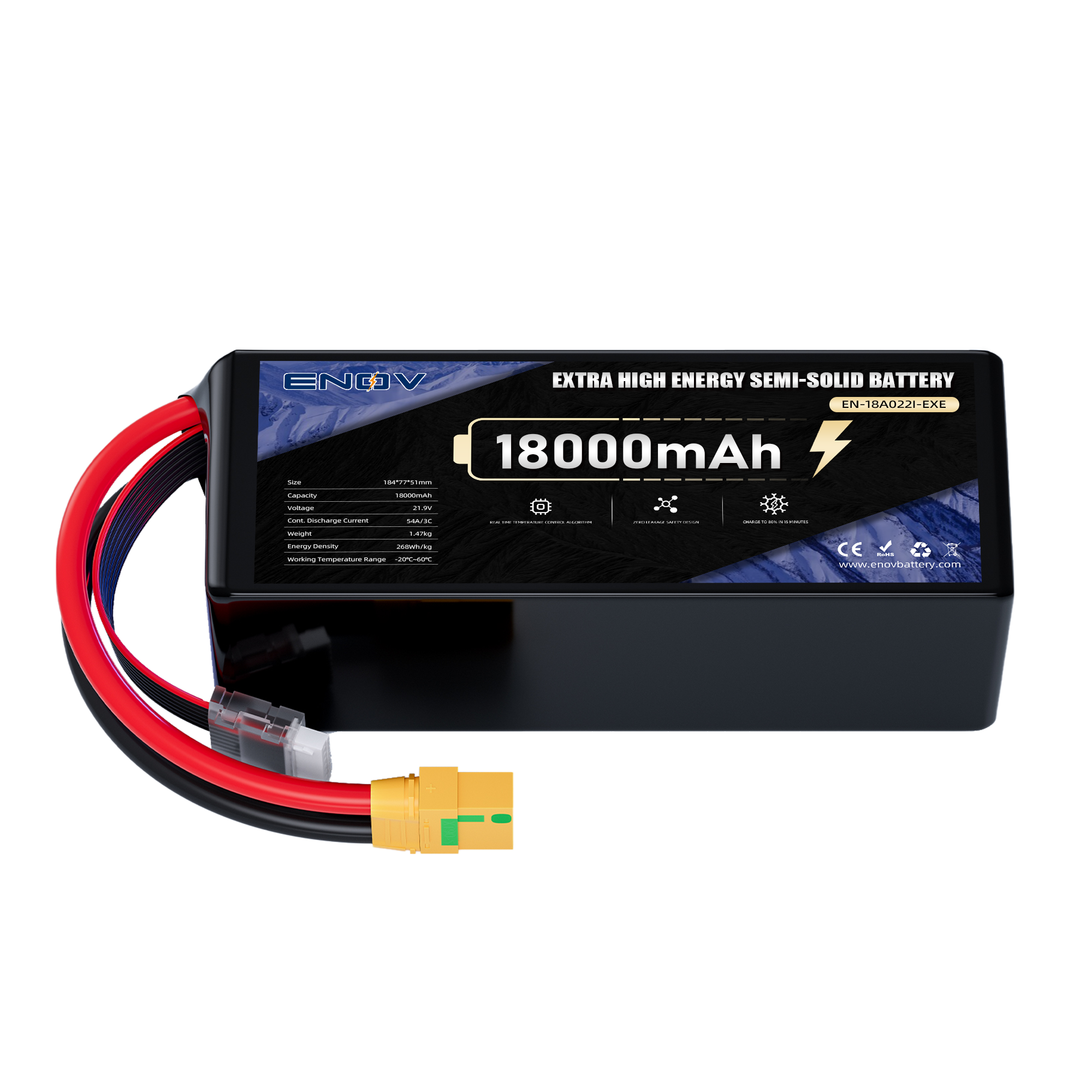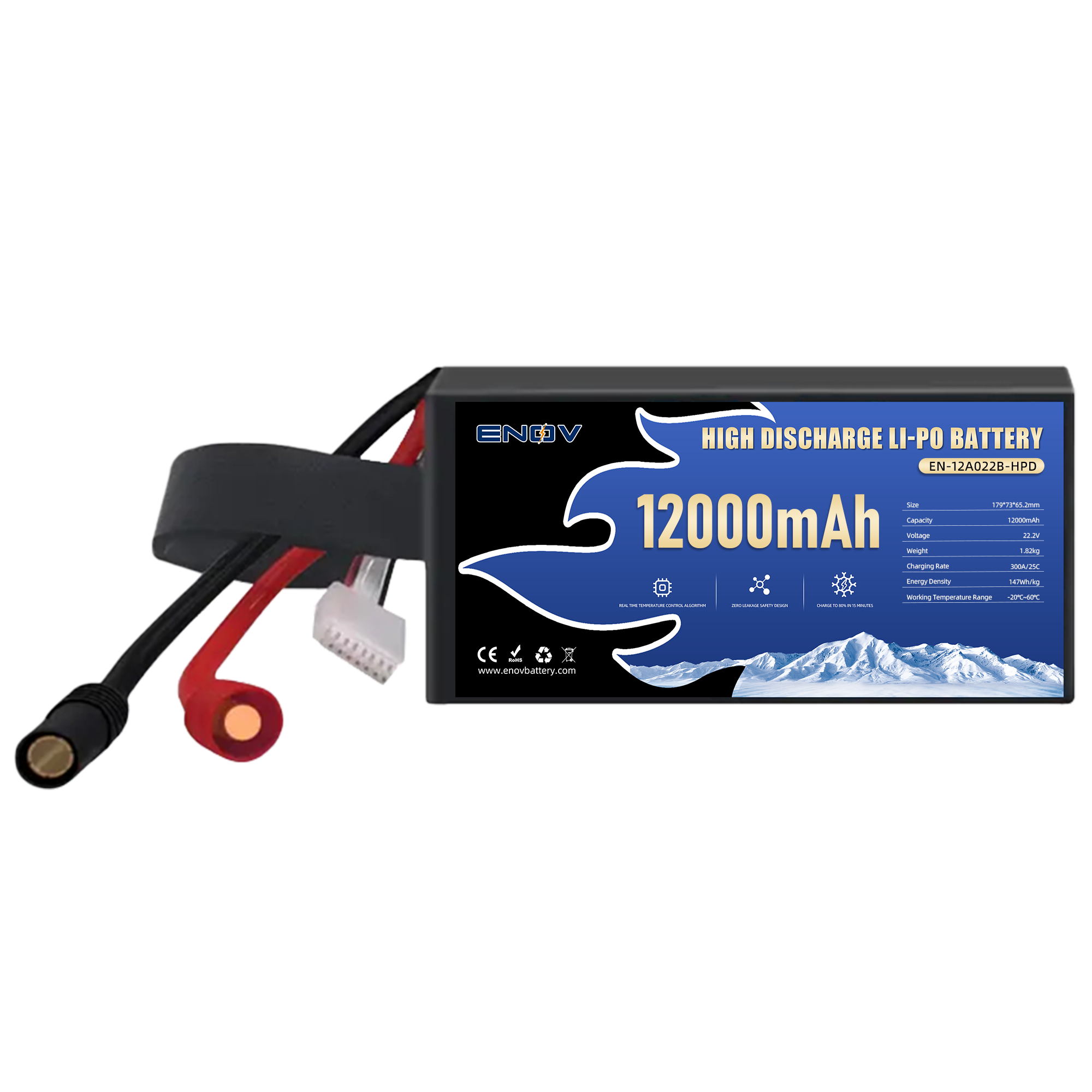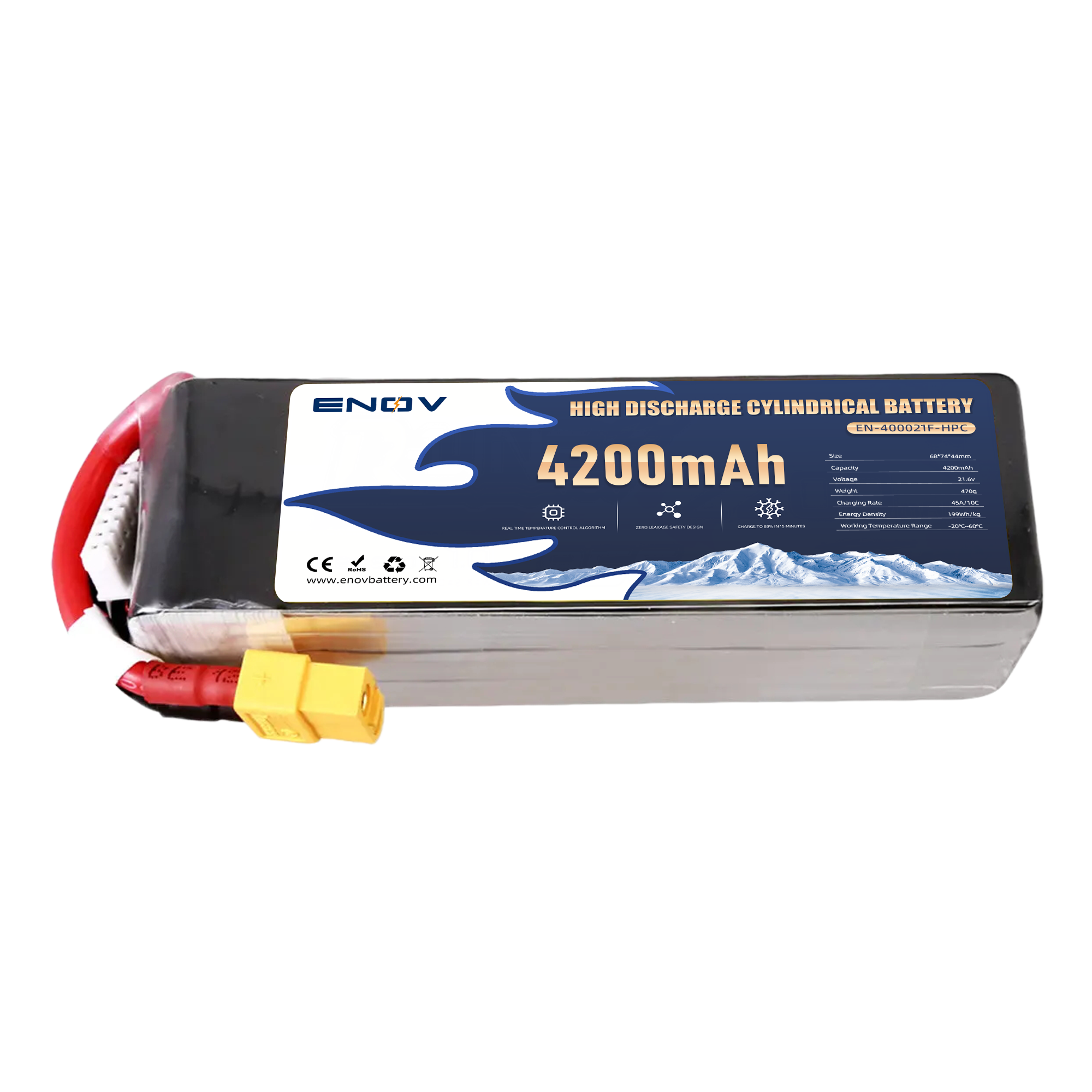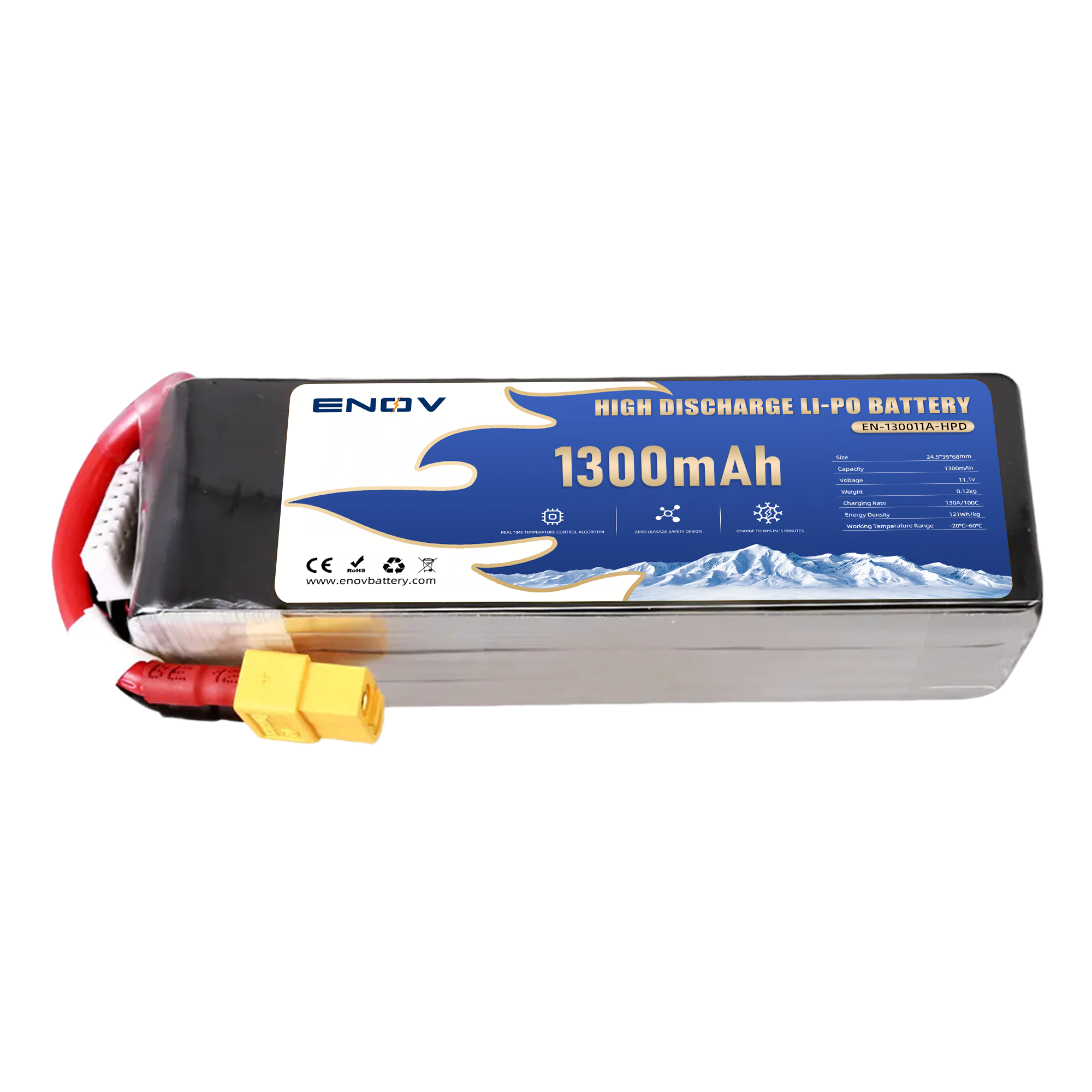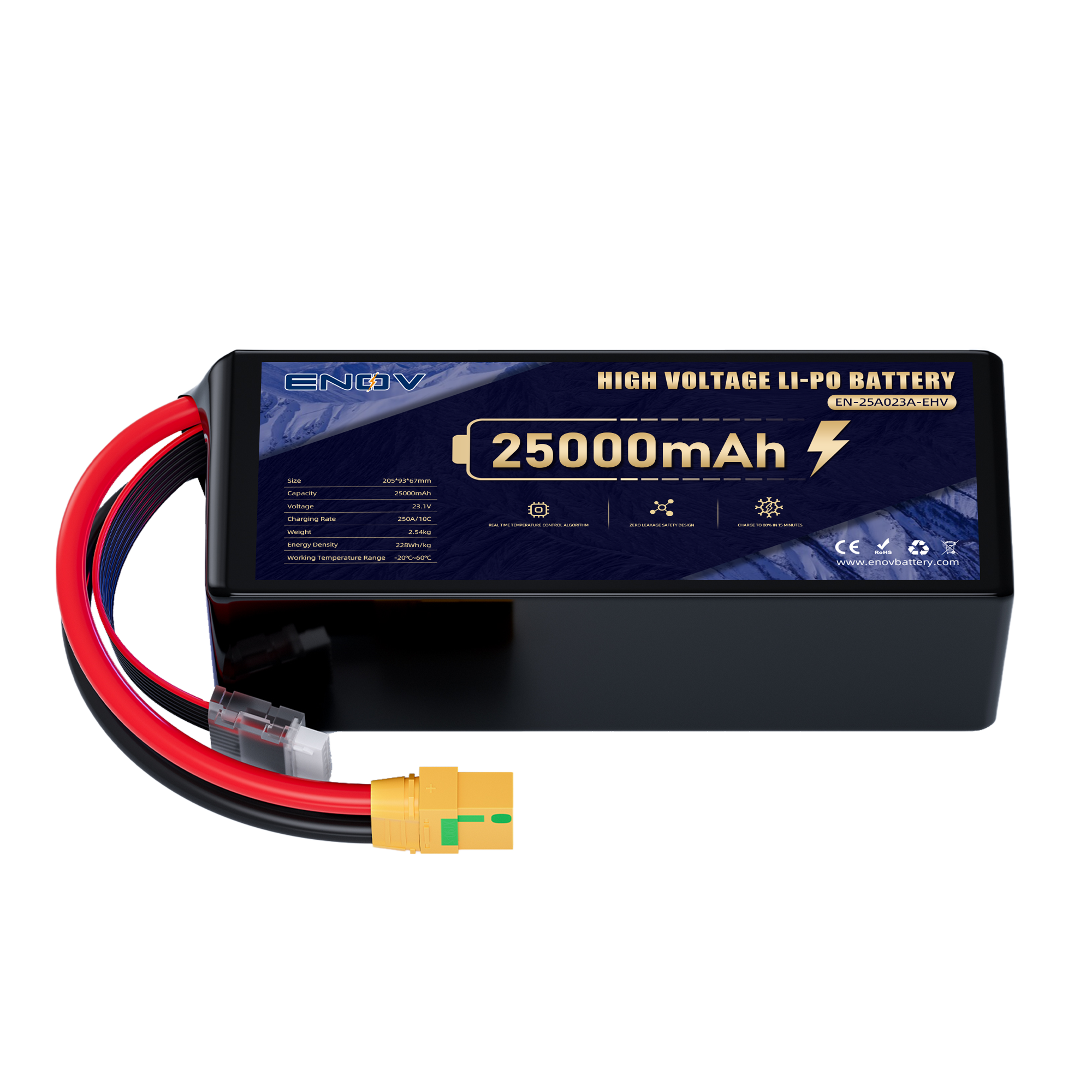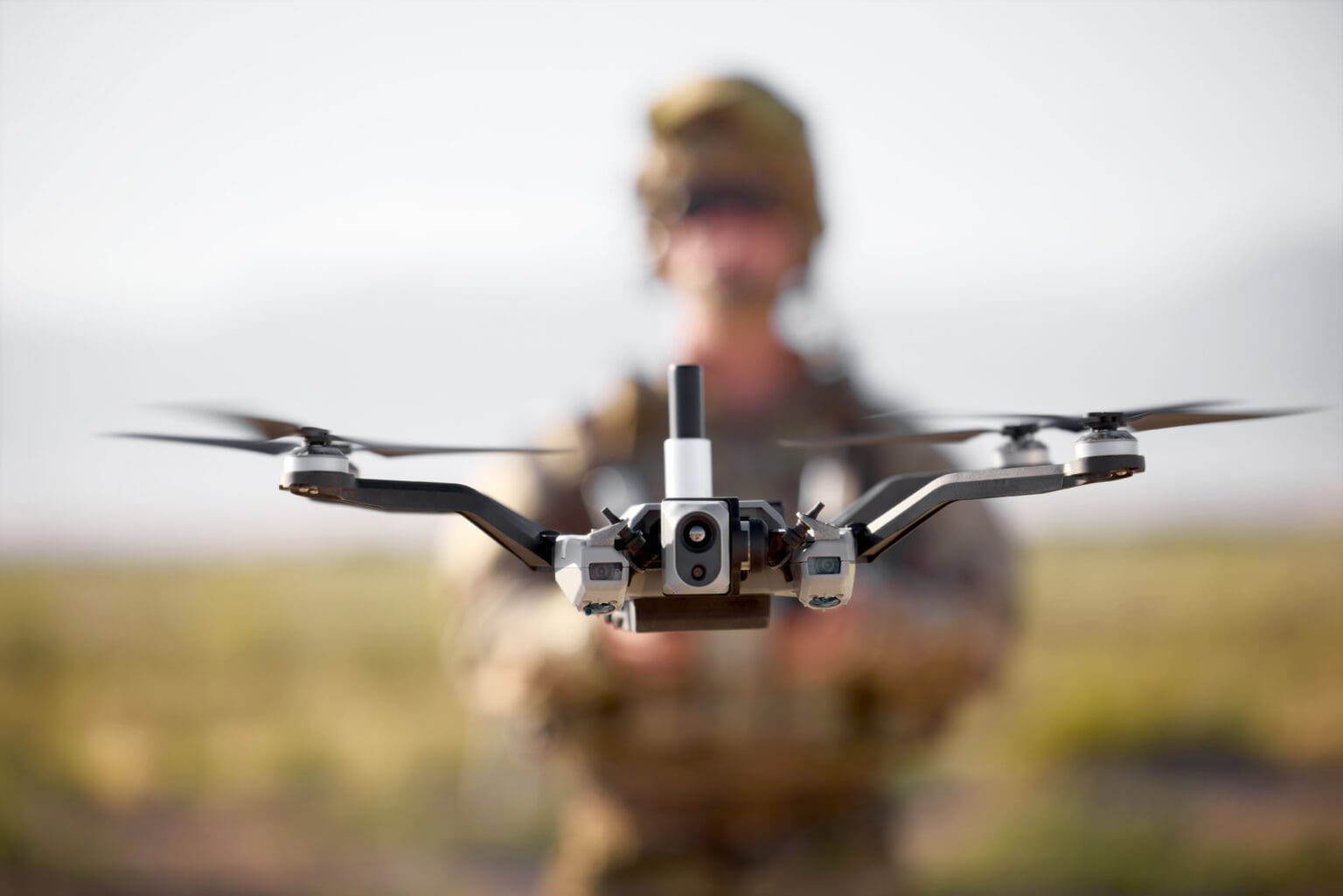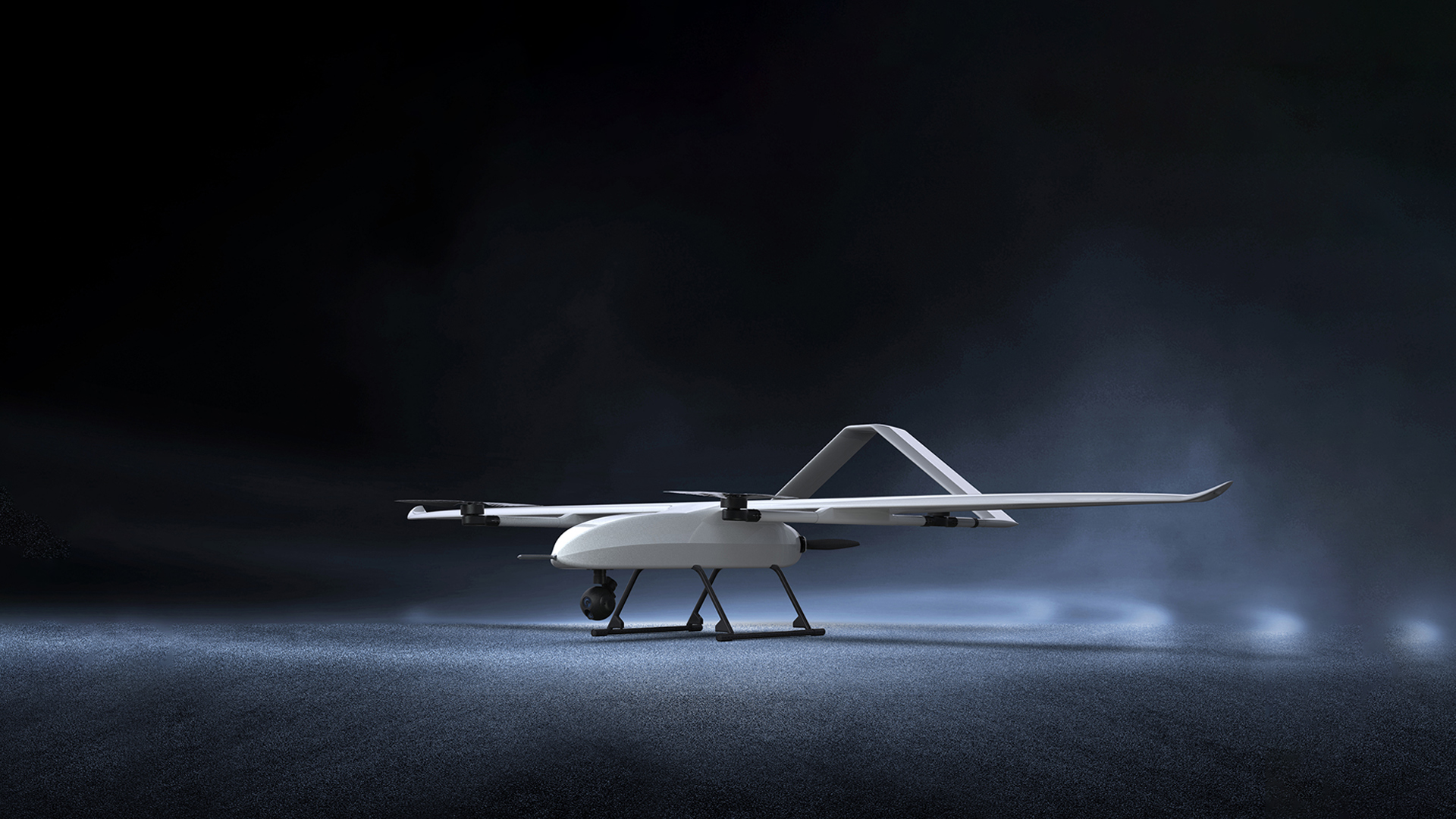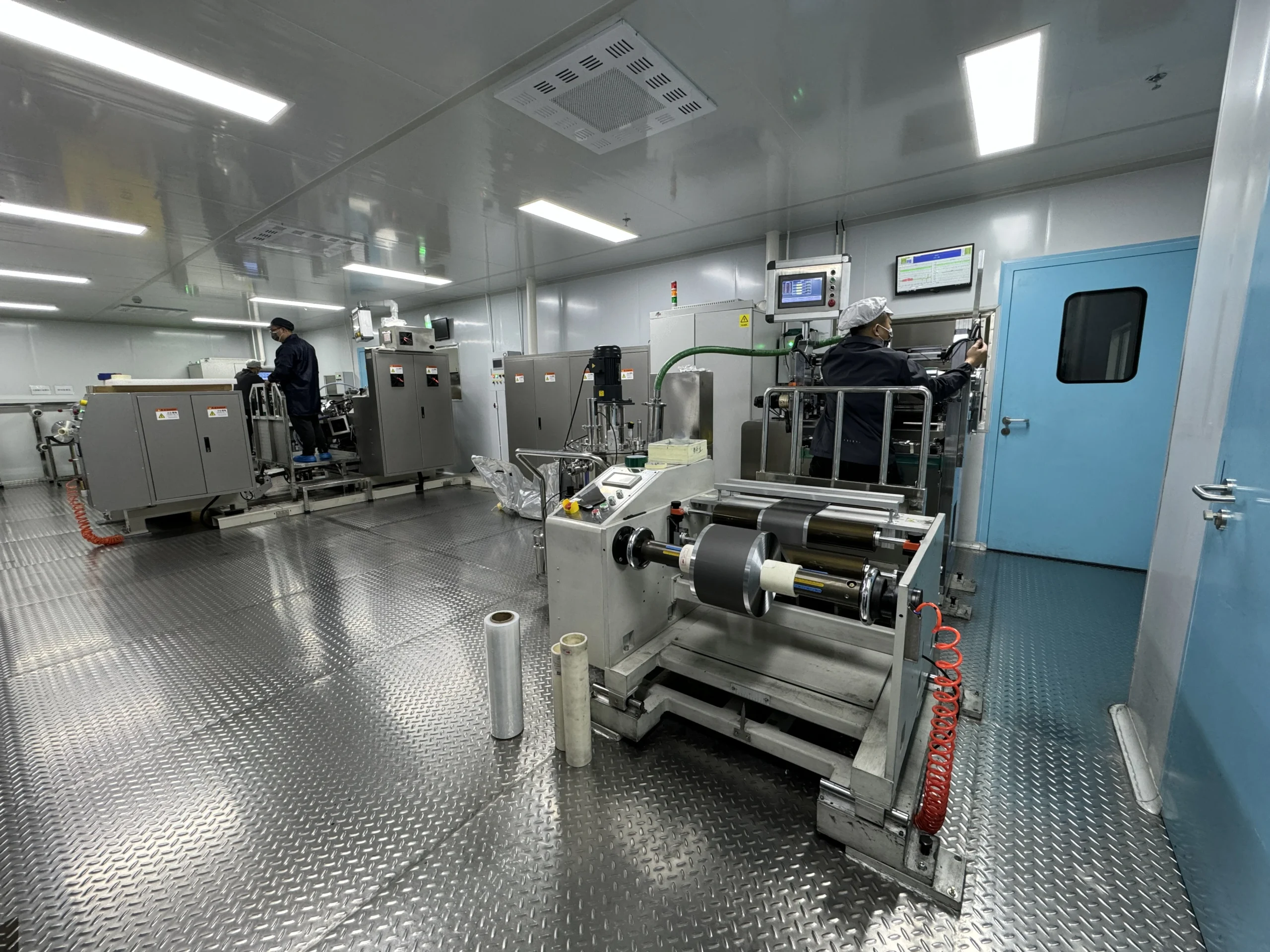Drone Battery Safety and Reliability Testing Methods:
Mitigating Risks for Enhanced Performance
Drone Battery Safety and Reliability Testing Methods: Mitigating Risks for Enhanced Performance
As drone applications expand across industries—from aerial inspections to emergency response—ensuring the safety and reliability of drone batteries has become critical. These power sources face rigorous operational demands, including extreme temperatures, mechanical stress, and electrical fluctuations.
This article delves into the drone battery safety and reliability testing methods designed to mitigate risks, optimize performance, and align with global safety standards.
thrust
Thermal runaway remains one of the most severe risks for lithium-based drone batteries, where overheating triggers uncontrollable chemical reactions. Advanced testing protocols now simulate worst-case scenarios to evaluate heat generation, propagation, and containment strategies.
For instance, accelerating rate calorimetry (ARC) tests measure onset temperatures and heat release rates, while compact, lab-scale battery designs enable cost-effective yet precise evaluations of thermal stability . Such methods help identify failure thresholds and inform safer battery material choices.
Furthermore, standardized drop tests—like the FAA’s 50-foot impact assessment—validate structural integrity during crashes or hard landings. Post-test inspections analyze cell damage, voltage stability, and fire risks to ensure batteries withstand real-world abuse without catastrophic failure .
Drones frequently operate in environments subject to vibrations, shocks, and sudden impacts. Vibration testing replicates these conditions by exposing batteries to frequency ranges mimicking airborne turbulence or ground transportation. Parameters like amplitude and duration are tailored to industry standards (e.g., IEC 60068-2-6), ensuring batteries maintain electrical performance and structural cohesion under stress .
Similarly, shock and drop tests assess resilience against physical trauma. For example, UN 38.3-certified batteries undergo repeated drops onto concrete surfaces to verify no leaks, explosions, or circuit damage occur. These tests are often supplemented with “foreseeable abuse” simulations—like multidirectional impacts—to exceed baseline safety requirements .
Overcharging or incorrect battery connections can lead to catastrophic failures. Smart battery management systems (BMS) are rigorously tested to ensure they halt charging at full capacity and prevent overdischarge. Overcharge tests validate these safeguards by applying excessive voltage, while reverse polarity tests—mandated by ISO 16750-2—confirm batteries withstand reversed connections without damage .
Additionally, advanced BMS designs incorporate AI-driven predictive algorithms to monitor cell voltages, temperatures, and charge cycles in real time. These systems not only prevent faults but also optimize battery lifespan by balancing cells and adjusting charging rates dynamically .
Adherence to international regulations is non-negotiable for commercial drone batteries. The UN 38.3 certification mandates eight critical tests—including altitude simulation, thermal cycling, and short-circuit assessments—to validate safety during transportation .
Meanwhile, aviation authorities like the FAA and EASA enforce stringent airworthiness criteria, such as crash-resistant designs and fireproof enclosures, particularly for electric vertical takeoff and landing (eVTOL) aircraft .
Moreover, emerging standards for high-voltage battery packs emphasize thermal management and fail-safe mechanisms, ensuring compatibility with next-generation drones requiring extended flight times and heavy payload capacities .
The integration of AI and IoT technologies is revolutionizing drone battery testing. Predictive maintenance systems analyze historical data to forecast potential failures, while wireless BMS architectures reduce wiring complexity and enhance reliability. For example, AI models can detect subtle voltage drops or temperature anomalies that precede thermal runaway, enabling preemptive maintenance .
Looking ahead, self-healing materials and solid-state battery designs promise to further mitigate risks. These innovations, combined with evolving testing frameworks, will ensure drone batteries meet the dual demands of safety and performance in an increasingly automated world.
Conclusion
From thermal runaway containment to AI-driven diagnostics, drone battery safety and reliability testing methods are pivotal in mitigating operational risks and ensuring compliance with global standards. By adopting rigorous mechanical, electrical, and regulatory evaluations, manufacturers can deliver batteries that power drones safely across industries—ultimately fostering trust and enabling scalable, sustainable applications.
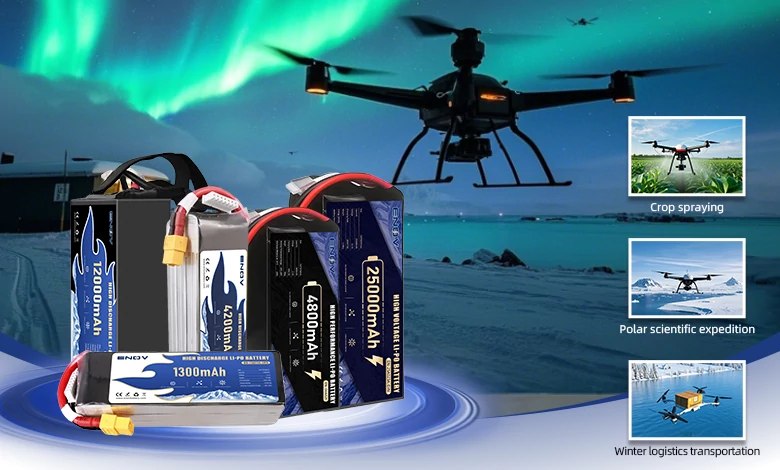
UAV DRONE battery
Enov UAV battery has the most advanced UAV battery new technology, it has a lightweight structural design, ultra-high energy density, stable continuous discharge, customized ultra-high instantaneous discharge, wide temperature working range, stable charge and discharge, battery materials can choose high nickel terpolymer positive/silicon carbon negative material system combined with semi-solid battery technology. Or choose a more mature application of more UAV lithium battery technology, available UAV battery nominal voltage 3.7V, capacity 18.0Ah ~ 30.0Ah, support 10C continuous discharge and 120C pulse discharge (3 seconds). With ultra-high energy density (220-300Wh/kg) as its core advantage, Enov UAV batteries can meet the needs of long-term endurance scenarios such as plant protection drones and transport drones, while maintaining stable emission performance in extremely low temperature environments (-40℃).
Other products
START-STOP LITHIUM BATTERY
LITHIUM ENERGY STORAGE BATTERY
QUICK INQUIRY
FAQ
Access to high frequency technical questions with one click, get accurate answers on product application, after-sales policy and customization process.
Service and Support
Get the latest product specifications, explore professional OEM/ODM customization services, click to open exclusive technical support and production solutions.
Become a Partner
We sincerely invite resources to interconnect, work together for win-win development, and immediately open a new chapter of strategic cooperation!
